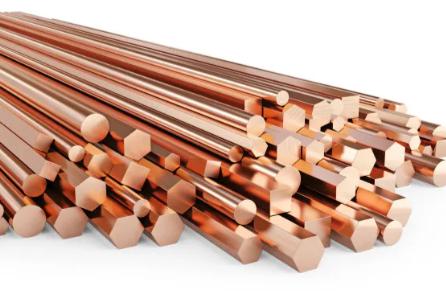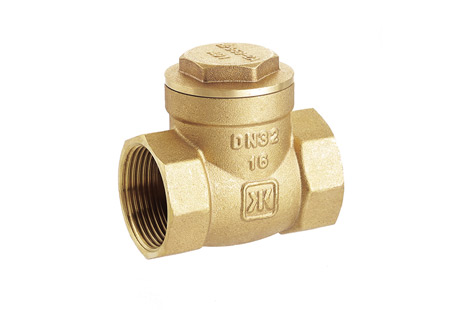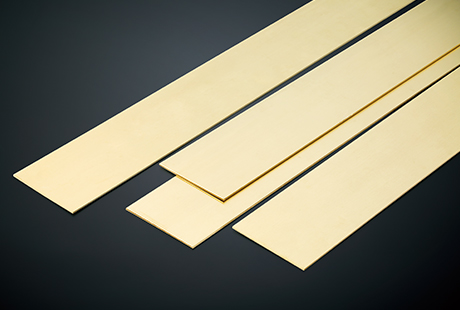In modern industry and manufacturing, copper and its alloys are widely used due to their excellent electrical conductivity, thermal conductivity, and processing performance. Red copper and tellurium copper rods are two common copper products that differ significantly in composition, performance, and application areas. This article will explore the differences between red copper and tellurium copper rods in detail, helping readers better understand these two materials to make the correct choice in practical applications.
Differences in Composition and Basic Properties
Category | Red Copper Rod | Tellurium Copper Rod |
Grade | T2 TU2 TP2 | C14500 |
Characteristics | Red copper refers to copper with an extremely high copper content, usually over 99.9%. It is named for its reddish-purple color. | Tellurium copper is a copper alloy containing a small amount of tellurium (usually 0.4% to 0.7%). |
Composition | Mainly copper with trace impurities | Mainly copper with 0.4% to 0.7% tellurium |
Color | Reddish-purple | Similar to red copper but slightly darker |
Electrical Conductivity | Extremely high electrical conductivity (conductivity of about 100% IACS) | High electrical conductivity (conductivity of about 93% IACS) |
Thermal Conductivity | Extremely high thermal conductivity | High thermal conductivity but lower than pure copper |
Processing Performance | Good ductility and toughness, easy to process both cold and hot | Easier to cut and process than pure copper, suitable for high-precision machining |
Corrosion Resistance | Good corrosion resistance, suitable for applications exposed to the atmosphere and seawater for a long time | The addition of tellurium has little impact on copper's corrosion resistance, still maintaining good corrosion resistance |
Application Fields
Applications of Red Copper
Electrical and Electronics Industry: Due to its high electrical conductivity, red copper is widely used in making wires, cables, busbars, and other conductive components.
Heat Exchangers: Due to its high thermal conductivity, red copper is often used in manufacturing heat exchangers and coolers.
Construction Industry: Used as decorative materials for roofs and walls, as well as for water pipes.
Applications of Tellurium Copper
Machining: Tellurium copper is widely used in making high-precision mechanical components such as screws, nuts, and connectors due to its excellent cutting performance.
Electrical Contacts and Switch Components: Tellurium copper is used to make electrical contacts and switch components, which can operate under high current and high-stress conditions.
Mold Materials: Used to make molds with high wear resistance, especially plastic molding molds.

Selection Guide
When choosing between red copper and tellurium copper, it should be based on specific application requirements and working environments:
High Electrical and Thermal Conductivity: If the application requires extremely high electrical and thermal conductivity, red copper is the best choice, such as for power transmission and heat exchange equipment.
High-Precision Processing: If high-precision machining is required, tellurium copper is a better choice due to its excellent cutting performance, such as in manufacturing precision mechanical components and electrical contacts.
Cost Considerations: Red copper is generally cheaper than tellurium copper, so for applications with moderate conductivity and thermal conductivity requirements, choosing red copper is more economical.
Red copper and tellurium copper rods each have their unique performance and application advantages. Understanding their differences and characteristics can help companies make the most suitable material choices in practical applications, thereby enhancing product performance and production efficiency. Jintian Copper is dedicated to providing high-quality copper products to customers. Whether red copper or tellurium copper, we can meet your various needs and support your business development. Contact us at: 0574-83005999.

 English
English 日本語
日本語 한국어
한국어 français
français Deutsch
Deutsch Español
Español italiano
italiano العربية
العربية tiếng việt
tiếng việt Türkçe
Türkçe ไทย
ไทย 中文
中文





